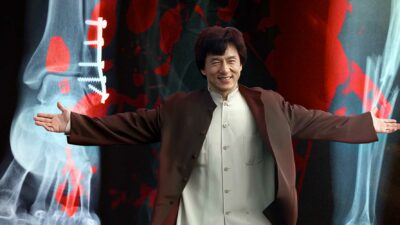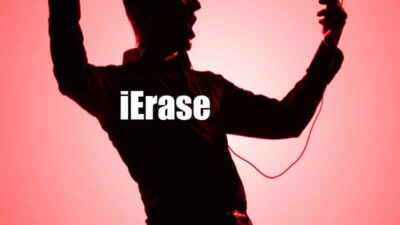Did things look brighter this morning? That’s because it’s daylight savings time again in the U.S. and the clocks changed back 1-hour overnight. This weird biannual ritual of changing clocks that we call daylight savings time, has become a topic of heated debate among lawmakers, health experts, and citizens alike. While some relish the extra hour of sleep, others question the necessity and impact of this time-honored tradition.
The Biannual Clock Dance: A Tradition Under Scrutiny
The practice of daylight saving time, which began in 1918 as a wartime measure to conserve energy, has been a subject of controversy for decades. Today, nearly every state in the U.S. has introduced legislation or resolutions to end the twice-yearly clock changes. Most of these efforts aim to establish permanent daylight saving time, effectively “springing forward” in March and eliminating the need to “fall back” in November.
Time’s Up: The Push to End Daylight Saving Time
However, the path to “locking the clocks” is not as straightforward as it might seem. States are currently unable to unilaterally decide to observe permanent daylight saving time. While they can opt for year-round standard time, as Hawaii and most of Arizona have done, transitioning to permanent daylight saving time requires federal approval.
At the federal level, several bills have been introduced to address this issue. Senator Marco Rubio (R-Fla.) reintroduced his Sunshine Protection Act in March 2023, which would enact permanent daylight saving time across the United States. Despite bipartisan support, the bill remains in committee. Rubio argues, “It’s time to lock the clock and stop enduring the ridiculous and antiquated practice of switching our clocks back and forth.”
“It’s time to lock the clock and stop enduring the ridiculous and antiquated practice of switching our clocks back and forth.” – Senator Marco Rubio
Similarly, Representatives Mike Rogers (R-Ala.) and Ralph Norman (R-SC) have introduced legislation that would allow states to observe daylight saving time year-round. Norman’s DAYLIGHT Act also calls for a study on the implementation of permanent daylight saving time.
Historical Precedent: Lessons from the Past
While the push for change is strong, it’s worth noting that the U.S. has experimented with permanent daylight saving time before. During the energy crisis of the 1970s, President Richard Nixon signed an emergency bill implementing year-round daylight saving time. Initially popular, the measure quickly lost support, particularly from parents concerned about children going to school in the dark winter mornings. Less than a year later, the country reverted to standard time during winter months.
The Circadian Dilemma: Balancing Light and Health
The debate over which time system is better – standard or daylight saving – continues to divide experts. Proponents of permanent daylight saving time argue that it can lead to reduced crime rates, fewer traffic accidents, and improved mental health. However, sleep and health experts often advocate for permanent standard time.
Dr. Alaina Tiani, a clinical health psychologist specializing in behavioral sleep medicine at the Cleveland Clinic’s Sleep Disorder Center, explains the importance of morning light exposure: “It’s a hormone that our body produces to kind of get the processes started for sleep when it notices that it’s dark outside, but in the morning and with sunlight exposure, light actually suppresses melatonin.” This natural process aligns with standard time, suggesting it may be more beneficial for our circadian rhythms.
Studies have shown relationships between disrupted sleep patterns and circadian rhythms and various health and societal issues, including mental health problems, substance abuse, traffic accidents, and even lower salaries. These findings underscore the importance of carefully considering any permanent changes to our time system.
The Path Forward: Adapting to Temporal Uncertainty
As the debate continues, millions of Americans will continue to adjust their clocks twice a year. And for those who find themselves puzzling over how to change the time on their car dashboard or microwave, just wait it out. In March, when daylight saving time returns, those stubborn digital displays will once again show the correct time – no technical skills required.
Regardless of where one stands on the daylight saving debate, it’s clear that the issue of time change remains a complex and contentious topic. As lawmakers and experts continue to grapple with the best path forward, the rest of us will keep springing forward and falling back, at least for now.
The debate over daylight saving time has been ongoing for decades, with many states proposing to end the twice-yearly clock changes and establish permanent daylight saving time. However, this requires federal approval, and several bills have been introduced to address this issue. While some argue that permanent daylight saving time can lead to reduced crime rates, fewer traffic accidents, and improved mental health, sleep and health experts often advocate for permanent standard time, which aligns with our circadian rhythms and can lead to better sleep patterns and overall health. The path forward remains uncertain, with millions of Americans continuing to adjust their clocks twice a year.























 The 30 Best Top Gun Quotes
The 30 Best Top Gun Quotes
Leave a Reply
You must be logged in to post a comment.